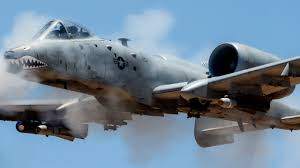
Pinecone
-
Posts
6,020 -
Joined
-
Last visited
-
Days Won
19

Pinecone replied to jrwilson's topic in General Mooney Talk
Pinecone replied to Don Gates's topic in Vintage Mooneys (pre-J models)
Pinecone replied to Skyland's topic in Mooney Safety & Accident Discussion
Pinecone replied to Philip France 13's topic in Engine Monitor Discussion
Pinecone replied to Philip France 13's topic in Engine Monitor Discussion
Pinecone replied to Philip France 13's topic in Engine Monitor Discussion
Pinecone replied to Philip France 13's topic in Engine Monitor Discussion
Pinecone replied to V1VRV2's topic in Avionics/Panel Discussion
We have placed cookies on your device to help make this website better. You can adjust your cookie settings, otherwise we'll assume you're okay to continue.